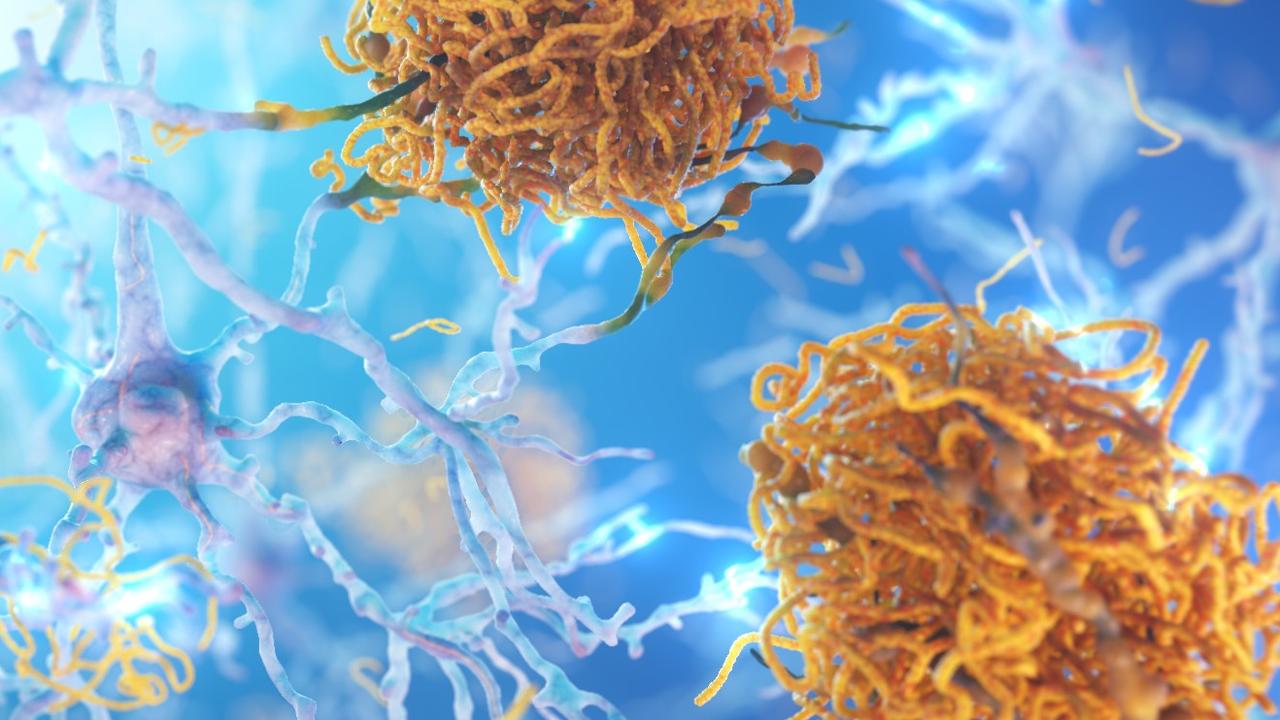Coronavirus: Research finds transmission distance may be four metres
Researchers found surfaces at a field hospital in Wuhan were “widely contaminated” with the coronavirus, which was also detected in the air metres from patients.
Australians have been told to abide by the social distancing guideline of 1.5 metres while in New Zealand it's two metres.
But research undertaken at an emergency field hospital in Wuhan, China, has found the transmission distance of SARS-CoV-2, the coronavirus that causes COVID-19 infection, "might be four metres".
The new study was published in the US Centres for Disease Control and Prevention journal, Emerging Infectious Diseases.
RELATED: Follow the latest coronavirus updates
RELATED: Australian confirmed virus cases and deaths
The first cases of the novel coronavirus were recorded in the city of Wuhan in December last year.
Between February 19 and March 2, researchers from Beijing's Academy of Military Medical Sciences tested air and surface samples in the Huoshenshan Hospital, which was rapidly built from January 2020 for the treatment of coronavirus patients.

There were 15 patients with severe disease in the ICU and 24 patients with milder disease in the general ward at the time.
Swab samples were collected from potentially contaminated objects in both wards. Researchers also gathered indoor air samples and air outlet samples to detect aerosol exposure.

“Contamination was greater in intensive care units than general wards,” an early release version of the paper states.
"Virus was widely distributed on floors, computer mice, trash cans, and sickbed handrails and was detected in air approximately equal to four metres from patients.”
Floor swabs returned a relatively high rate of positivity, “perhaps because of gravity and air flow causing most virus droplets to float to the ground”, the article states.
“In addition, as medical staff walk around the ward, the virus can be tracked all over the floor, as indicated by the 100 per cent rate of positivity from the floor in the pharmacy, where there were no patients.
“Furthermore, half of the samples from the soles of the ICU medical staff shoes tested positive. Therefore, the soles of medical staff shoes might function as carriers.”

The “extremely fast” transmission capability of the virus had "aroused concern" about its transmission routes, the study says. The known main transmission routes are respiratory droplets and close contact.
The study noted that whether the coronavirus could be transmitted by aerosols, or through the air, “remains controversial”.
It also said the aerosol transmission distance could not be strictly determined because the “minimal infectious dose" – the amount of virus particles that can initiate infection – for this new disease is unknown.
“Overall, we found that the air and object surfaces in COVID-19 wards were widely contaminated by SARS-CoV-2,” the paper states.
“These findings can be used to improve safety practices.”
Encouragingly, as of March 30, no staff members at the specialty field hospital had been infected, “indicating that appropriate precautions could effectively prevent infection”.

In response to the question, “Is COVID-19 airborne?”, the World Health Organisation advises the virus that causes the infection “is mainly transmitted through droplets generated when an infected person coughs, sneezes, or speaks”.
“These droplets are too heavy to hang in the air. They quickly fall on floors or surfaces,” the WHO says.
“You can be infected by breathing in the virus if you are within one metre of a person who has COVID-19 or by touching a contaminated surface and then touching your eyes, nose or mouth before washing your hands.”
Federal Government guidelines state Australians should keep 1.5 metres away from others in public, keep visitors to a minimum at home, increase ventilation by opening windows and regularly disinfect surfaces that are touched frequently such as tables, kitchen benches and door knobs.



